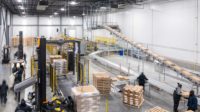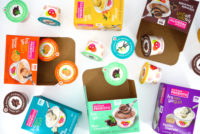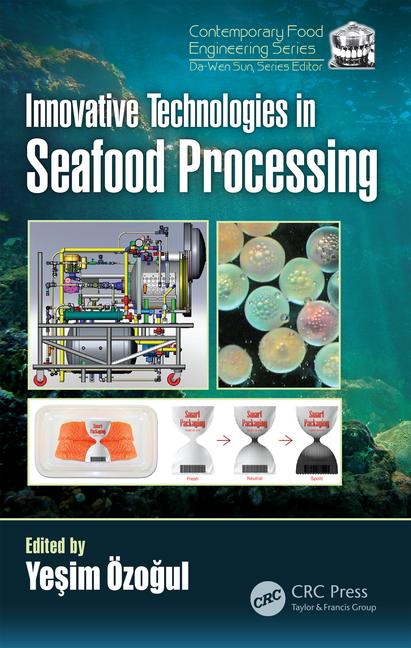As the refrigerated and frozen food industry embraces sustainability and LEED certification, design and construction firms are keeping pace with in-house services devoted to achieving those goals. LEED – Leadership in Energy and Environmental Design – is a green building certification program used worldwide.
LEED certification wasn’t always an option for this type of facility, but changes to the process have opened the door to cold storage facilities earning every level of LEED certification.
Primus Builders worked with the International Association of Refrigerated Warehouses (IARW) to encourage the United States Green Building Council (USGBC) to update the energy modeling and ventilation requirements for refrigerated facilities. That work led to LEED Interpretations #10423 and #10424.
Before the interpretations were issued, energy modelers had a difficult time creating a valid baseline model for cold storage buildings because they only had standards from the American Society of Heating, Refrigerating and Air-Conditioning Engineers (ASHRAE) to reference; but those standards don’t address cold storage spaces. The LEED Interpretations allow modelers to reference cold-storage specific guidelines from IARW to create a better baseline model and more accurately project energy savings.
The interpretations also addressed ventilation requirements. Previously, cold storage facilities were held to the same ventilation requirements as all other buildings. However, introducing outdoor air to refrigerated spaces creates a condensation issue that is not good building practice. Once the USGBC understood the consequences of introducing outdoor air to these building types, they agreed that freezer spaces should not be held to the same ventilation requirements.

In addition to the interpretations, LEED Version 4, the current industry standard, now incorporates specific pathways for warehouses and data centers, allowing more customers to seek LEED certification.
There are 110 total points on the LEED Scorecard. The minimum points required to achieve certification is 40. There are many ways cold storage facilities can achieve LEED certification, including:
- Efficient refrigeration and HVAC systems.
- Smart controls.
- LED lighting with censors.
- Efficient thermal envelope.
- Reflective roofing.
- Local and recycled content.
- Low volatile organic compounds (VOCs).

The fast-track nature of design-build means it must be done right the first time. Because sustainability also means durability, many cold storage companies inherently want to include sustainable design and construction practices, often without knowing that’s what they’re doing. It can also mean a healthier, well thought-out workplace.
An example is the recent renovation of a 442,000-square-foot Prologis logistics facility in Riverside, California. Primus provided design-build services on this project which achieved LEED Core and Shell (CS) v2009 Gold certification. The project was required to also achieve CALGreen sustainable building standards.
LEED-CS certification distinguishes between what the developer is responsible for versus the future tenant. Prologis and Primus partnered on the design and construction of the mechanical, electrical, plumbing and fire protection systems which constitute the “shell,” while the tenant of the building will be responsible for upholding the sustainability requirements of the interior build-out, or the “core.”
As the industry continues to bend toward sustainability, design-build firms will continue to investigate and lobby for pathways to success.











